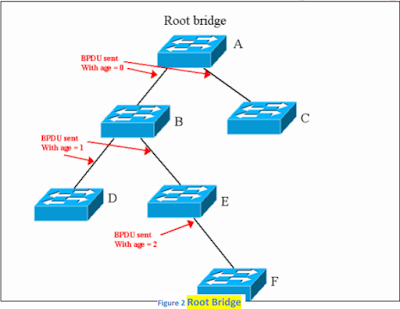1. What is the function of the kernel of an operating system?
Answer
The kernel provisions hardware resources to meet software requirements
2. A network administrator needs to keep the user ID, password, and session contents private when establishing remote CLI connectivity with a switch to manage it. Which access method should be chosen?
Answer
SSH
3. Which procedure is used to access a Cisco 2960 switch when performing an initial configuration in a secure environment?
Answer
Use the console port to locally access the switch from a serial or USB interface of the PC.
4. Which command or key combination allows a user to return to the previous level in the command hierarchy?
Answer
exit
5. A router with a valid operating system contains a configuration file stored in NVRAM. The configuration file has an enable secret password but no console password. When the router boots up, which mode will display?
Answer
user EXEC mode
6. Which two functions are provided to users by the context-sensitive help feature of the Cisco IOS CLI? (Choose two.)
Answer
a. displaying a list of all available commands within the current mode
b. determining which option, keyword, or argument is available for the entered command
7. Which information does the show startup-config command display?
Answer
the contents of the saved configuration file in the NVRAM
8. Why is it important to configure a hostname on a device?
Answer
to identify the device during remote access (SSH or telnet)
9. Which two host names follow the guidelines for naming conventions on Cisco IOS devices? (Choose two.)
Answer
a. RM-3-Switch-2A4
b. SwBranch799
10. How does the service password-encryption command enhance password security on Cisco routers and switches?
Answer
It encrypts passwords that are stored in router or switch configuration files.
11.
Refer to the exhibit. A network administrator is configuring the MOTD on switch SW1. What is the purpose of this command?
Answer
to display a message when a user accesses the switch
12. While trying to solve a network issue, a technician made multiple changes to the current router configuration file. The changes did not solve the problem and were not saved. What action can the technician take to discard the changes and work with the file in NVRAM?
Answer
Issue the reload command without saving the running configuration.
13. Which statement is true about the running configuration file in a Cisco IOS device?
Answer
It affects the operation of the device immediately when modified.
14. What are two characteristics of RAM on a Cisco device? (Choose two.)
Answer
a. The configuration that is actively running on the device is stored in RAM.
b. The contents of RAM are lost during a power cycle.
15. Which interface allows remote management of a Layer 2 switch?
Answer
the switch virtual interface
16. Which interface is the default SVI on a Cisco switch?
Answer
VLAN 1
17. Why would a Layer 2 switch need an IP address?
Answer
to enable the switch to be managed remotely
18. What command can be used on a Windows PC to see the IP configuration of that computer?
Answer
ipconfig
19. A technician is adding a new PC to a LAN. After unpacking the components and making all the connections, the technician starts the PC. After the OS loads, the technician opens a browser, and verifies that the PC can reach the Internet. Why was the PC able to connect to the network with no additional configuration?
Answer
The PC was preconfigured to use DHCP.
20. What is a user trying to determine when issuing a ping 10.1.1.1 command on a PC?
Answer
if there is connectivity with the destination device
21.
Refer to the exhibit. A network technician is testing connectivity in a new network. Based on the test results shown in the exhibit, which device does the technician have connectivity with and which device does the technician not have connectivity with? (Choose two.)
Answer
a. connectivity: switch 2
b. no connectivity: PC-C
22.
Refer to the exhibit. What three facts can be determined from the viewable output of the show ip interface brief command? (Choose three.)
Answer
a. The switch can be remotely managed.
b. One device is attached to a physical interface.
c. The default SVI has been configured.







